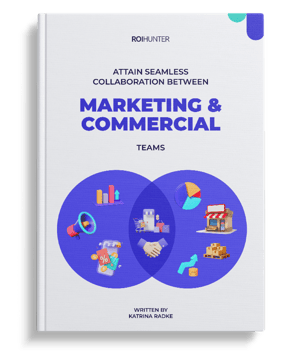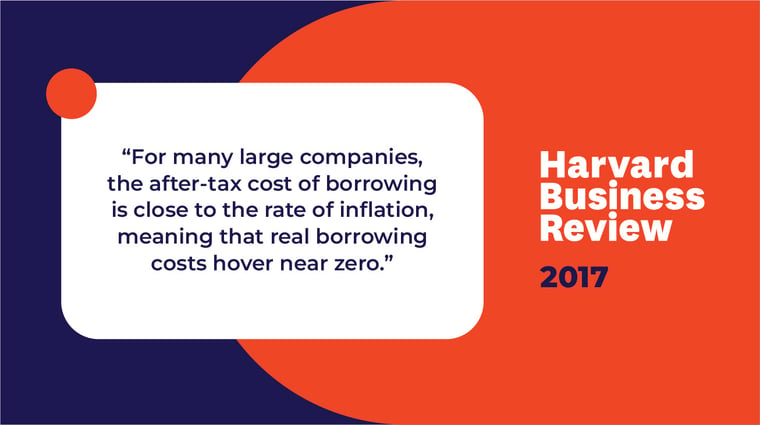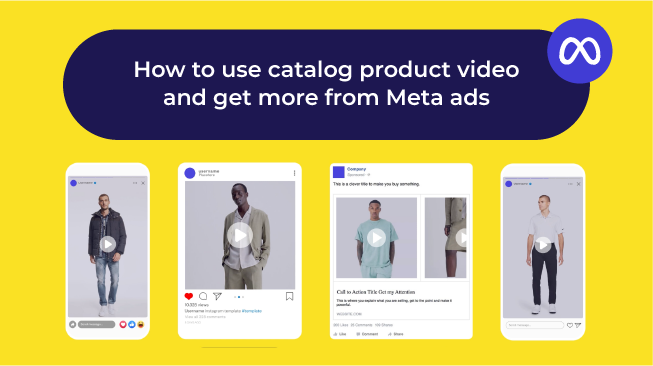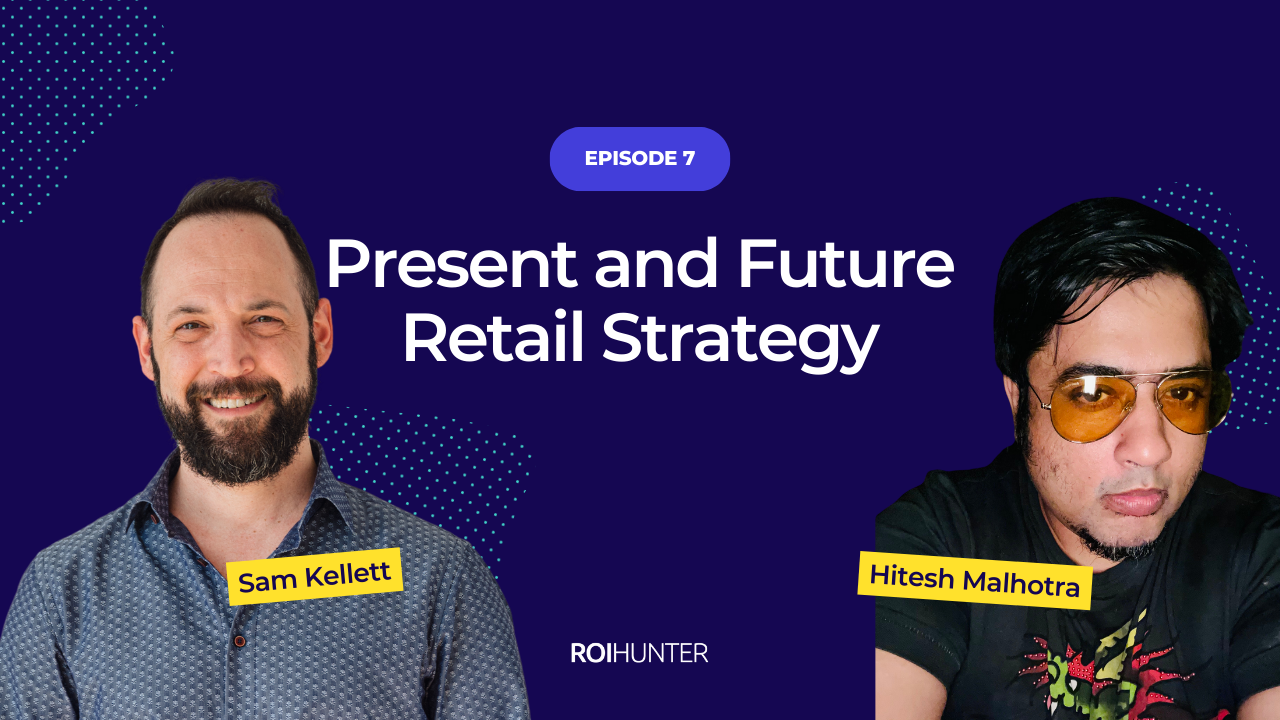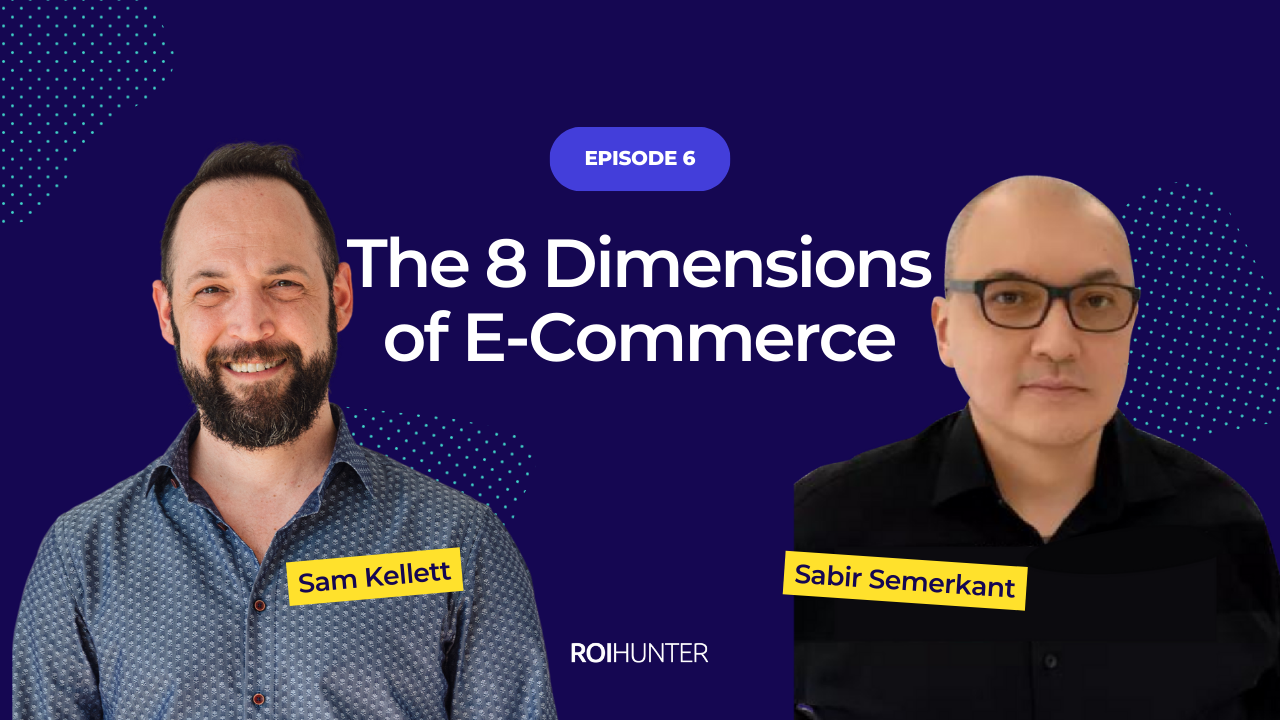For the past 15 years or so, businesses focused on growth. Revenue. Market share.
This wasn’t just in e-commerce, it was everywhere you looked: Uber, WeWork, AirBnB. Companies had the outside investment they needed to focus on just expanding their business. Why? Because interest rates were low. Inflation was low. Capital was cheap.
This is no longer the case. Inflation ripped through the world over the past year, and interest rates soared. This has had lasting consequences beyond just preventing me from buying a house.
Now that capital is expensive, investors aren’t willing to float a bleeding company while they compete for market share. Retailers need to become sustainable now.
The shift from revenue to profitability
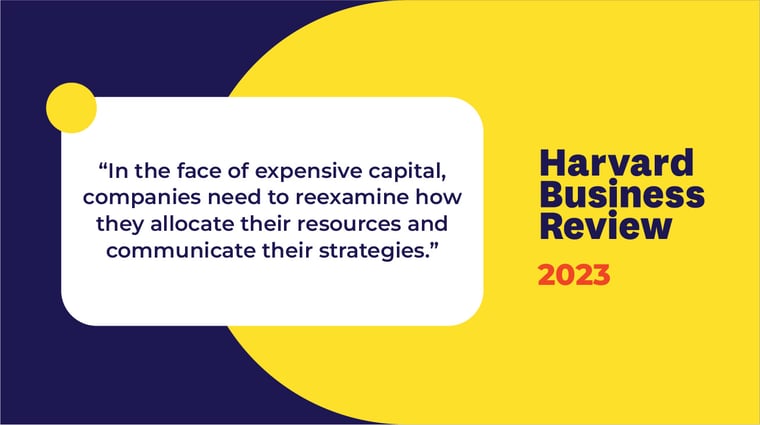
Many retail marketers still measure success with return on ad spend (ROAS). This makes sense for a growth-focused company with investment money to sustain itself: they’re focused on revenue generation.
For the past decade, profitability has been important, but it hasn’t been the focus; in our research we’ve found that only 32% of retailers are even actively tracking their profitability, let alone optimising their campaigns around it.
Revenue, return on ad spend (ROAS), these metrics no longer make sense as the main focus. They’re still important to track, but the businesses that will survive and thrive in this time of expensive capital are the ones that are sustainable. And that means the metric that matters most today is profitability.
How to focus on profitability
Marketing and commercial departments need to be able to collaborate and share data. I don’t just mean a meeting once per month, I’m talking about shared, real-time access. With that, marketers can use up-to-date margins to determine which products are most profitable to promote, and commercial can use metrics like ad spend per product to make more data-driven discounting and purchasing decisions.
Let’s look at an example of how marketing could use this margin data. The images below are taken from the ROI Hunter app:

High Margin, 0 Spend (images from the ROI Hunter app)
This is a strategy called Margin Buckets. Once marketing has access to product margins, they can add other variables (like conversion rate or ad spend per product) to create segments like the ones in the image. The products in the low margin, low conversion segment are just wasting budget; a quick way to increase profit is to move the budget from that group over to a segment of high margin products with zero promotional spend.
That’s just using margin alongside product performance data from marketing. Once all your departments are able to collaborate with real-time performance data, you can get much more specific. You can add in data like return rate, margin percentage for each product (rather than just grouping into similar buckets) along with your marketing spend, and come up with exact profitability on a SKU level.
With real-time data collaboration, you can filter your products based on their profit on ad spend (POAS), and even automate the promotion of whatever products are the most profitable at any given time, while limiting the promotion of those that are least profitable.
Final thoughts
We’re just dipping our toes in the water in terms of how you can optimise for profitability. This article isn’t meant to be an instructional manual for making the switch: it’s a wake-up call. If your company is one of the third of retailers actually tracking profitability, that’s great, you’re ahead of the pack, but you need to do more.
Capital is expensive, the bill is coming due, and retailers need to focus on the metric that determines whether or not they stay in business. Retailers need to track profitability, they need to optimise campaigns around it, and they need to grow their businesses sustainably.
Interested in learning more about optimising for profitability?
Check out our e-book.
